Canon IXUS 110 IS Review
Canon IXUS 110 IS
Canon’s 12MP wide-angle ultra-compact camera has all the latest features
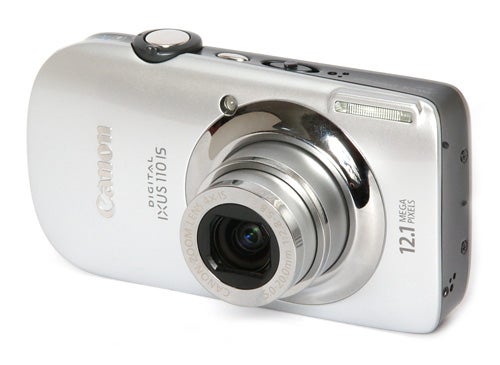
Verdict
Key Specifications
- Review Price: £210.00
Earlier this week I reviewed the new Canon IXUS 990 IS, one of a pair of 12.1-megapixel ultra-compacts launched at the same time in February this year. Today I’m taking a look at its counterpart, the new IXUS 110 IS. While the two cameras share many similarities, they do have several major differences, intended to cover between them a wider section of the fairly specialised luxury ultra-compact market.
The shared features are mostly internal. The 110 IS has the same 12.1-megapixel 1/2.3-inch CCD sensor, the same DIGIC 4 iSAPS processor, and the same 1280 x 720 HD 30fps video recording mode. It has the same still-shooting modes as well, including Program, 18 Scene Mode programs, and Auto, with the same automatic features including scene recognition and advanced face and motion detection. Fortunately the 110 IS also shares the 990’s exemplary build quality, with a strong and stylish metal-covered body.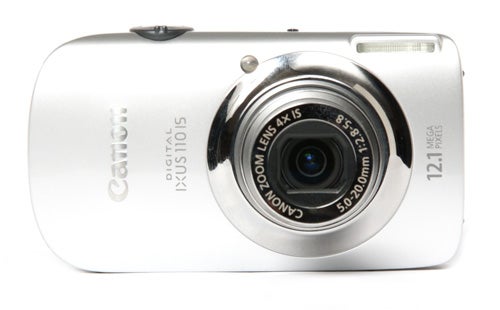
The most obvious difference between the two cameras is physical size. The 110 IS is slightly longer, but less tall, slimmer and lighter than the 990 IS, measuring 97.9 x 54.1 x 22.1mm and weighing approximately 170g including battery and memory card. As a result the 110 IS loses the 990’s beautiful 3.0-inch 460k monitor in favour of a smaller 2.8-inch 230k widescreen monitor. Fortunately it retains the excellent anti glare coating and five-step adjustable brightness, and works just as well in bright daylight.
Another major difference between the two cameras, and indeed the main selling point of the 110 IS, is the zoom range. The 990 IS has a 5x zoom that covers a rather long 37 – 185mm range, while the smaller 110 IS has a significantly wider 4x zoom equivalent to 28 – 112mm. Many people prefer a wider angle to a longer telephoto. It’s often more useful both for general sightseeing snaps and for “social photography”, in other words photos of your mates on a night out. 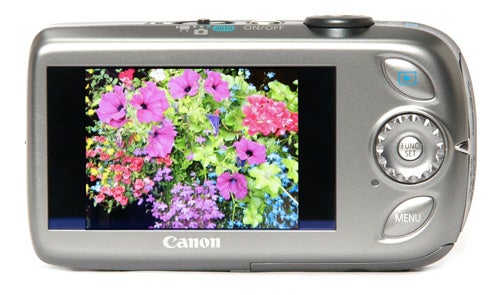
A smaller body size usually results in cramped controls and fiddly handling, but the 110 IS has a simplified control layout that is very efficient and easy to use. It has the same three-position slider switch on the top panel, but on the back there are just two quite large buttons for playback and menu, and the rotary D-pad, leaving plenty of room on the relatively long body to hold the camera. The D-pad is very sensitive, and touching it brings up a diagram on the monitor showing the main shooting options, while menu choices and adjustments can be made by turning the bezel. I never used to like rotary controls of this type, but I have to admit Canon has got it down to a fine art, and combined with the slick new menus it does make the 110 IS very easy and enjoyable to use. 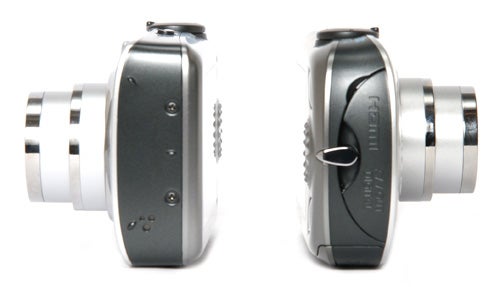
Probably the most significant difference between the 990 and the 110 however is the price. The IXUS 990 IS is currently selling for somewhere in the rather rarefied region of £300, but you can get a 110 IS in a range of colours for a much more affordable £210. There are only a few cameras that can match the IXUS 110’s specification, performance and build quality. The new Panasonic Lumix DMC-FX60, launched last month is one example. It’s not in many shops for another week or so, but pre-orders are running at around £230. I’ll be reviewing it next week so stay tuned to see how it measures up. Another serious competitor is the Sony Cyber-shot DSC-W270 currently selling for around £195.
I was expecting the 110 IS’s overall performance to be pretty much identical to the 990 IS, but in fact it’s quite different. It actually starts up very slightly faster, but it is very slightly slower in operation, with a single shot cycle time of 2.2 seconds and a continuous shooting mode shooting at a little less than one frame a second.
Autofocus performance is also very different. In good light the 110 IS matches the 990’s speed and reliability, but in low light it is streets ahead. The IXUS 110 IS has an apparently identical AF assist lamp as its more expensive sibling, but in this case it works properly, and the camera focuses in complete darkness quickly and effectively at a range of several meters. 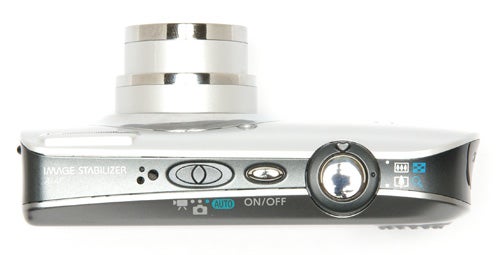
Thankfully one thing that remains unchanged is the outstanding performance of the optical image stabilisation system. As with the 990 IS, I was able to take shake-free hand-held shots at full telephoto zoom at shutter speeds as low as 1/10th of a second.
The performance of the built-in flash is exceptionally good, even disregarding its surprisingly small size. It is easily bright enough to fill a large living room, and the exposure system adjusts flash output, ISO and shutter speed to balance with ambient light in larger areas. The 110 IS is an excellent camera for social occasions; its wide angle lens is great for fitting in everyone sitting round a table, while the low-light focusing, excellent face detection and flash metering make sure everyone looks good.
In terms of image quality, you have to look very, very closely to spot any difference at all between the £210 camera and the £300 camera. There are differences; the 110’s lens isn’t quite as sharp in the centre of the frame, but it’s much sharper in the corners and produces significantly less barrel distortion. It has roughly the same level of chromatic aberration, i.e. slight but noticeable. Colour reproduction, exposure and dynamic range are as good as ever.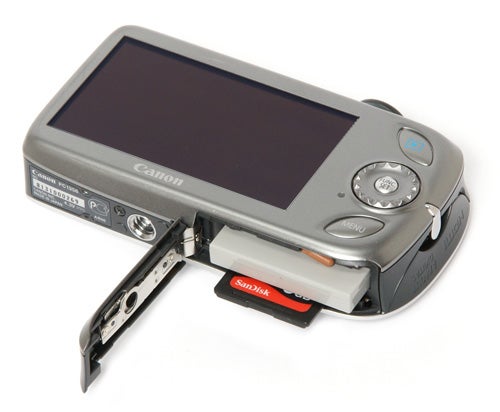
Image noise handling is another talent the two brothers share. Shots at up to 200 ISO are pretty much noise-free, and while there are increasing signs of noise reduction at 400 and 800 ISO the image quality remains as high as possible. 1600 ISO is pixel-binned and a bit crap, but even there the colours remain accurate.
”’Verdict”’
The Canon IXUS 110 IS is probably destined to be an extremely popular camera. It offers fantastic build quality, an up-to-the-minute range of features, great handling and performance, and image quality matching a camera that costs nearly half again as much. There are a few cheaper alternatives, but none that are better.
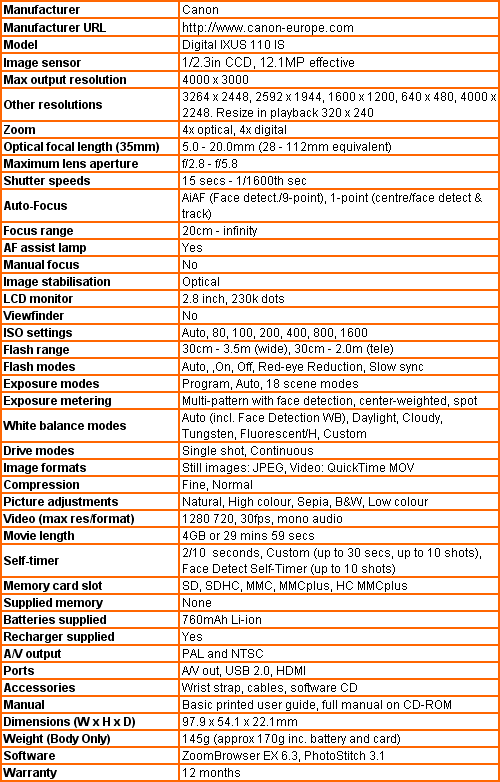
”Over the next few pages we show a range of test shots. On this page the full size image at the minimum and maximum ISO settings have been reduced to let you see the full image, and a series of full resolution crops have taken from original images at a range of ISO settings to show the overall image quality. These pictures were taken indoors using reflected natural light.”
—-
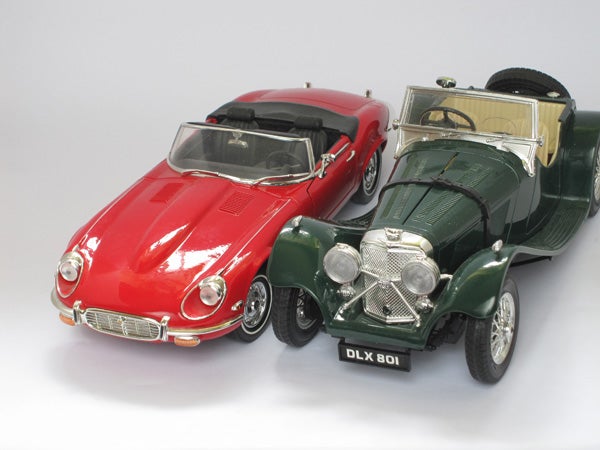
This is the full frame at 80 ISO.
—-
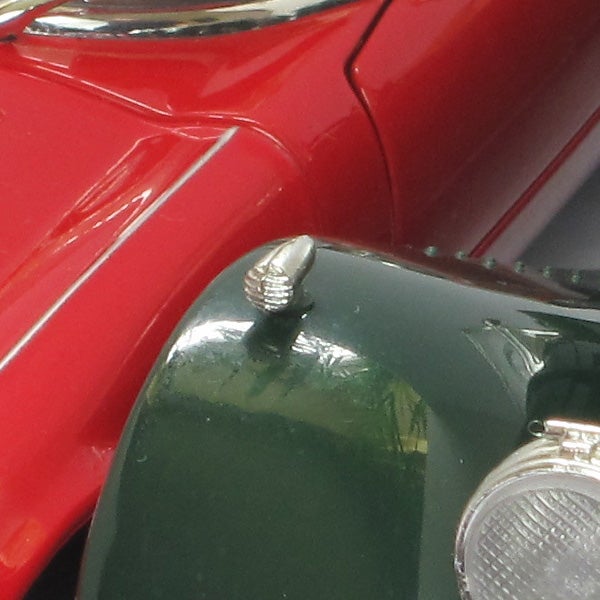
At the minimum ISO setting the image quality is excellent with no sign of image noise.
—-
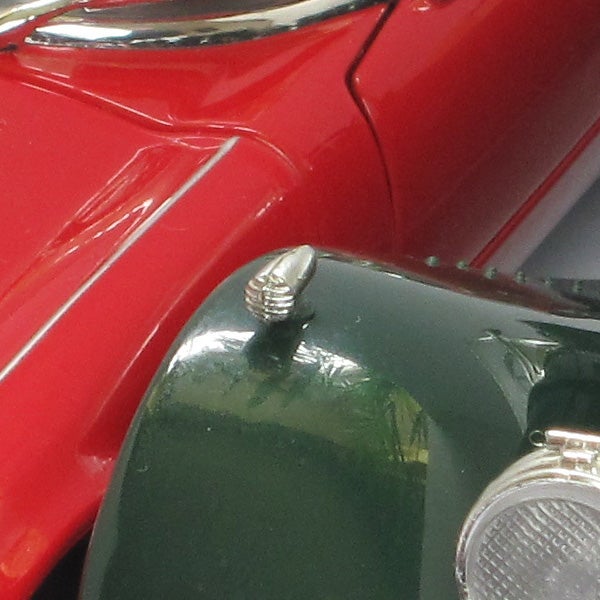
Much the same results at 100 ISO.
—-
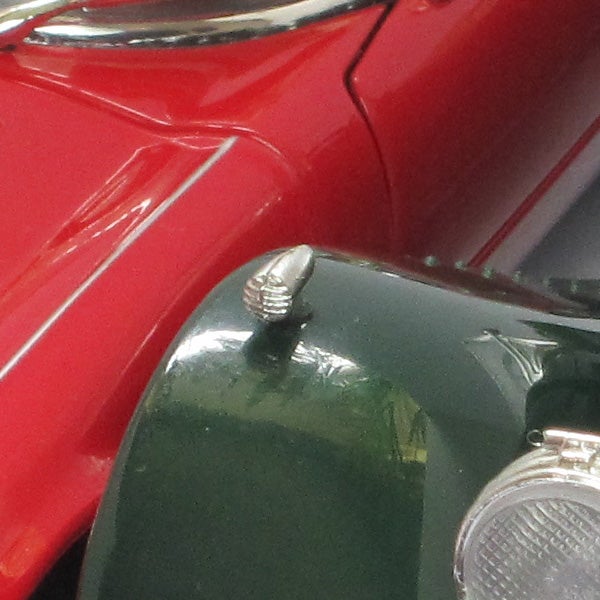
Still no problems at 200 ISO.
—-
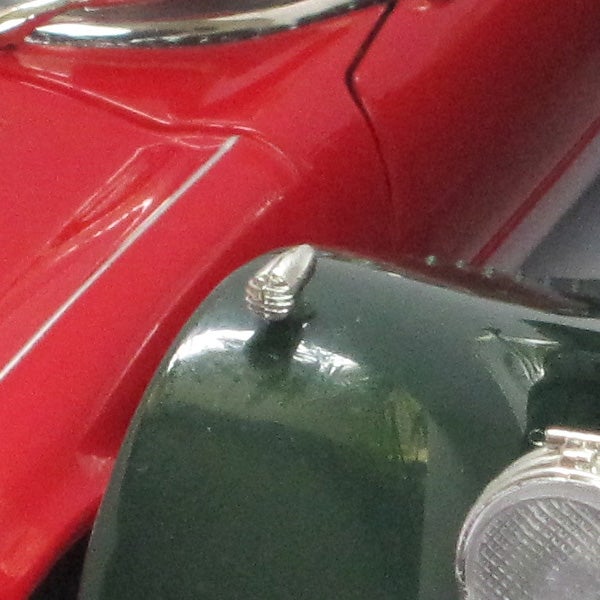
Some signs of noise reduction at 400 ISO, but still plenty of detail.
—-
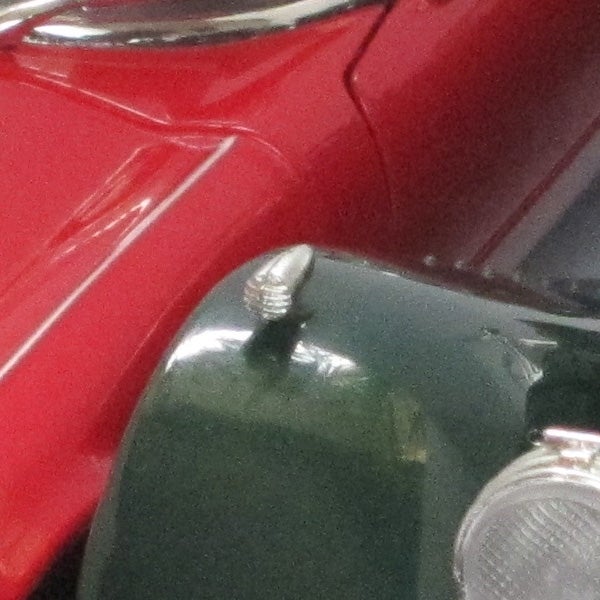
Noise is more obvious at 800 ISO, but overall quality is still good.
—-
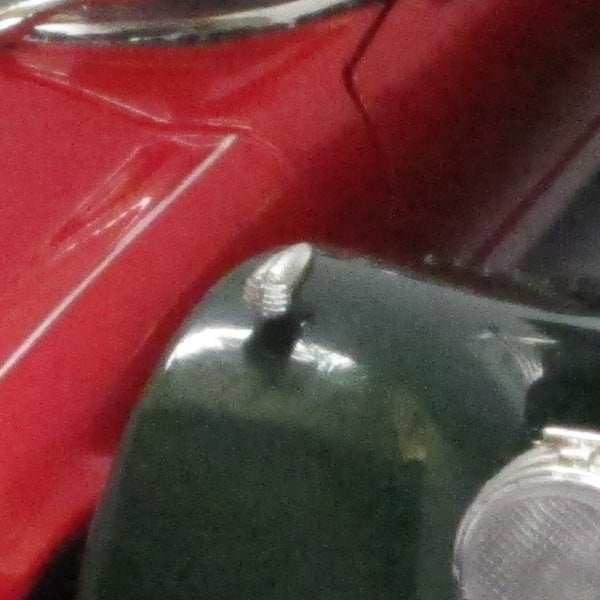
1600 ISO is pixel-binned and lacks detail, but the colours are still good.
—-
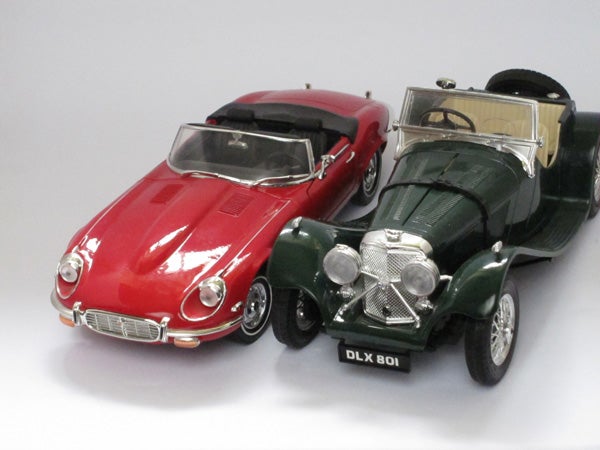
This is the full frame at 1600 ISO.
—-
”A range of general test shots are shown over the next two pages. In some cases, the full size image has been reduced for bandwidth purposes, and a crop taken from the original full resolution image has been placed below it to show the overall image quality. Some other pictures may be clicked to view the original full-size image. ”
—-
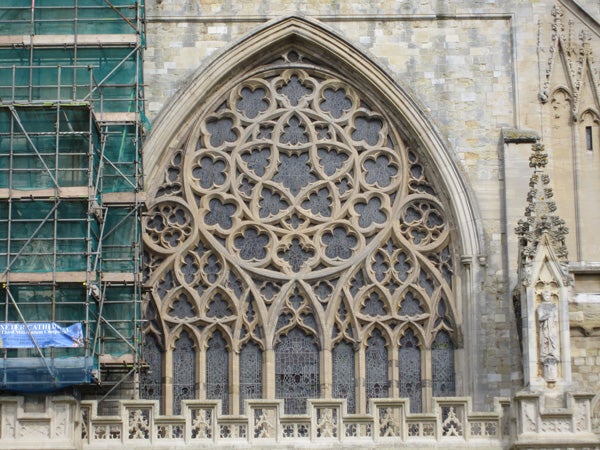
A range of general test shots are shown over the next two pages. In some cases, the full size image has been reduced for bandwidth purposes, and a crop taken from the original full resolution image has been placed below it to show the overall image quality. Some other pictures may be clicked to view the original full-size image.
—-
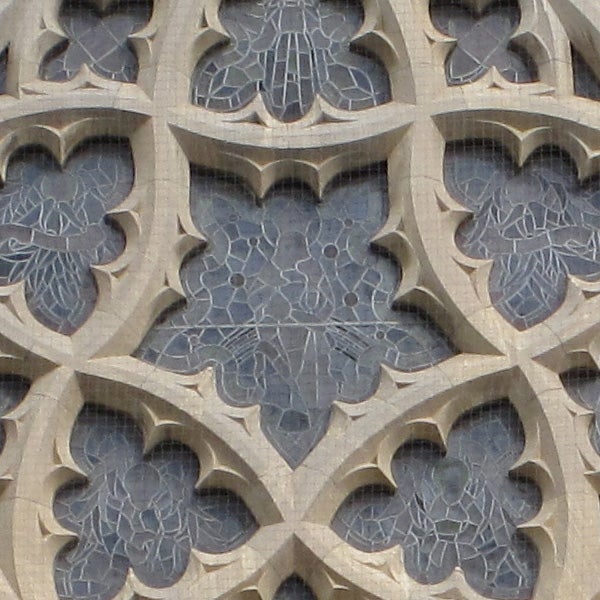
The level of detail is as good as the 990 IS.
—-

The wide-angle lens produces surprisingly little distortion.
—-

Centre sharpness is good.
—-
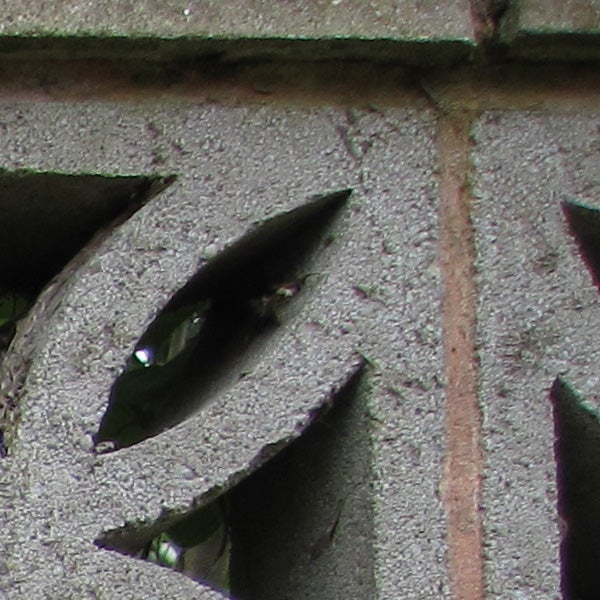
Corner sharpness is also good, but there is some chromatic aberration.
—-
”Here are some general test shots to help evaluate the camera’s overall image quality, including dynamic range, colour rendition and the zoom range of the lens. Some pictures may be clicked to download the full size original image. ”
—-

Wide angle is equivalent to 28mm, nice and wide.
—-

Telephoto end is equivalent to 112mm.
—-
![]()
With iContrast turned off, there is virtually no detail in the shadow area.
—-
![]()
The same shot with iContrast turned on. There is some detail visible in the shadow area.
—-

Colour reproduction is bright and well saturated.
—-

The flash is surprisingly powerful for its size.
—-
Trusted Score
Score in detail
-
Value 8
-
Image Quality 8
-
Build Quality 10
Features
| Camera type | Ultra Compact |
| Megapixels (Megapixel) | 12.1 Megapixel |
| Optical Zoom (Times) | 4x |
| Image Sensor | CCD |
| Image Stabilisation | Optical |
| LCD Monitor | 2.8 in |
| Flash modes | Auto Flash, Flash OFF, Flash ON, Red-eye Reduction |
| Video (max res/format) | 1280 x 720 |
| Memory card slot | Secure Digital (SD) Card, Secure Digital High Capacity (SDHC) Card, MultiMediaCard (MMC), MMCplus, HC MMCplus |

